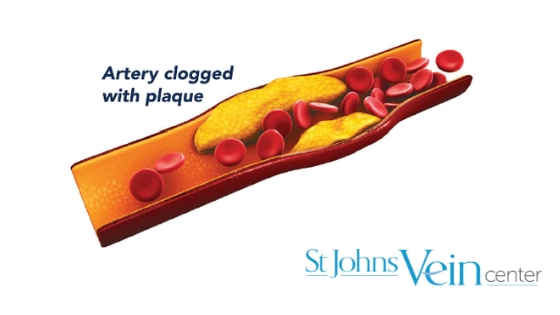
They’re painful and unsightly. But if you understand what causes venous leg ulcers, you can learn how to prevent them.
Venous leg ulcers are cause by poor blood circulation in veins. This is caused by weakened or malfunctioning superficial or deep vein connecting valves. Healthy veins move blood up your leg to the heart. Blood is prevented from flowing backwards by a series of valves in every vein. When these valves malfunction, blood pools in your lower leg leading to swelling and inflammation. In time, this leads to darkening and hardening of the skin in the lower leg and ankle. This is known as chronic venous insufficiency. The slightest skin injury may lead to wound that will not heal known as a venous ulcer.
Top risk factors in developing venous insufficiency and leg ulcers include:
- Family history of leg vein problems
- Age
- Obesity
- Tall stature
- Being immobile for long periods of time
- Deep vein thrombosis (blood clots)
- Multiple pregnancies
- Smoking
The good news is that venous leg ulcers can be prevented. Maintain a healthy weight and nix the smoking habit now. Do 150 minutes or more of moderate-intensity exercise weekly to keep the blood pumping and keep your weight down. Adopt a low-fat, high-fiber diet that includes whole grains, fruit, vegetables and fish. Also, moisturize your legs regularly – each morning, night and after bathing, particularly if you’ve had a previous venous leg ulcer. Not only does this help keep your skin looking smooth and hydrated, but it also helps boost circulation. And be sure to examine your legs regularly, keeping a lookout for broken skin, blisters, swelling or redness, and treating minor skin conditions as soon as possible.
If you believe you have a venous leg ulcer, call toll-free 877-640-VEIN (8346) and schedule an appointment at the St. Johns Vein Center today.



